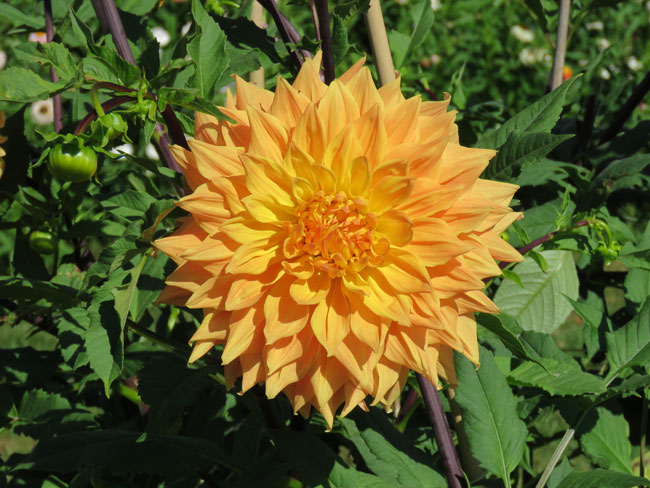
I lack roots, I cannot fly on my own wings, and I do not burrow into the earth. But I am a part of something vastly bigger than myself. I am a part of the enduring force, of life itself. And the great surge of life occurs every springtime. It is this that I am made aware of now.
~ Hal Borland
(Hal Borland’s Book of Days)

Another favorite walk in the botanical garden, savoring every possible moment of this memorable spring flowering. Longtime locals have been telling us that this spring has come earlier here than it has in previous years. The last rose I found on this bush (below) was in November and this one in March is the first rose since then.







I’m planning to get a once a month picture from this spot (below) on the boardwalk. The areas on either side here were part of a subscribed burn sometime after we found the seedbox plant in January.


Spring Equinox (8 seasons series)
Spring has returned — and now the earth is
like a child who has learned her poems by heart.
So many, so many … and for all her hard
and lengthy studies now she takes the prize.
~ Rainer Maria Rilke
(Sonnets to Orpheus)

Cauliflory is a botanical term referring to plants that flower and fruit from their main stems or woody trunks, rather than from new growth and shoots. It is rare in temperate regions but common in tropical forests.
~ Wikipedia
Learning something new every day… I’m trying to remember the word cauliflory by thinking of cauliflower. (I’m still having trouble remembering the word marcescence even after using it countless time on this blog…) This wonderful botanical garden is never the same twice.





















































































 I will see her one last time in July. She assures me, though, that she is leaving me in good hands.
I will see her one last time in July. She assures me, though, that she is leaving me in good hands. I hadn’t seen her in person since December, and that was on a walk outside, six feet apart, and with masks on. What a blessing to lounge around the house and catch up. Living in the present moment.
I hadn’t seen her in person since December, and that was on a walk outside, six feet apart, and with masks on. What a blessing to lounge around the house and catch up. Living in the present moment.















